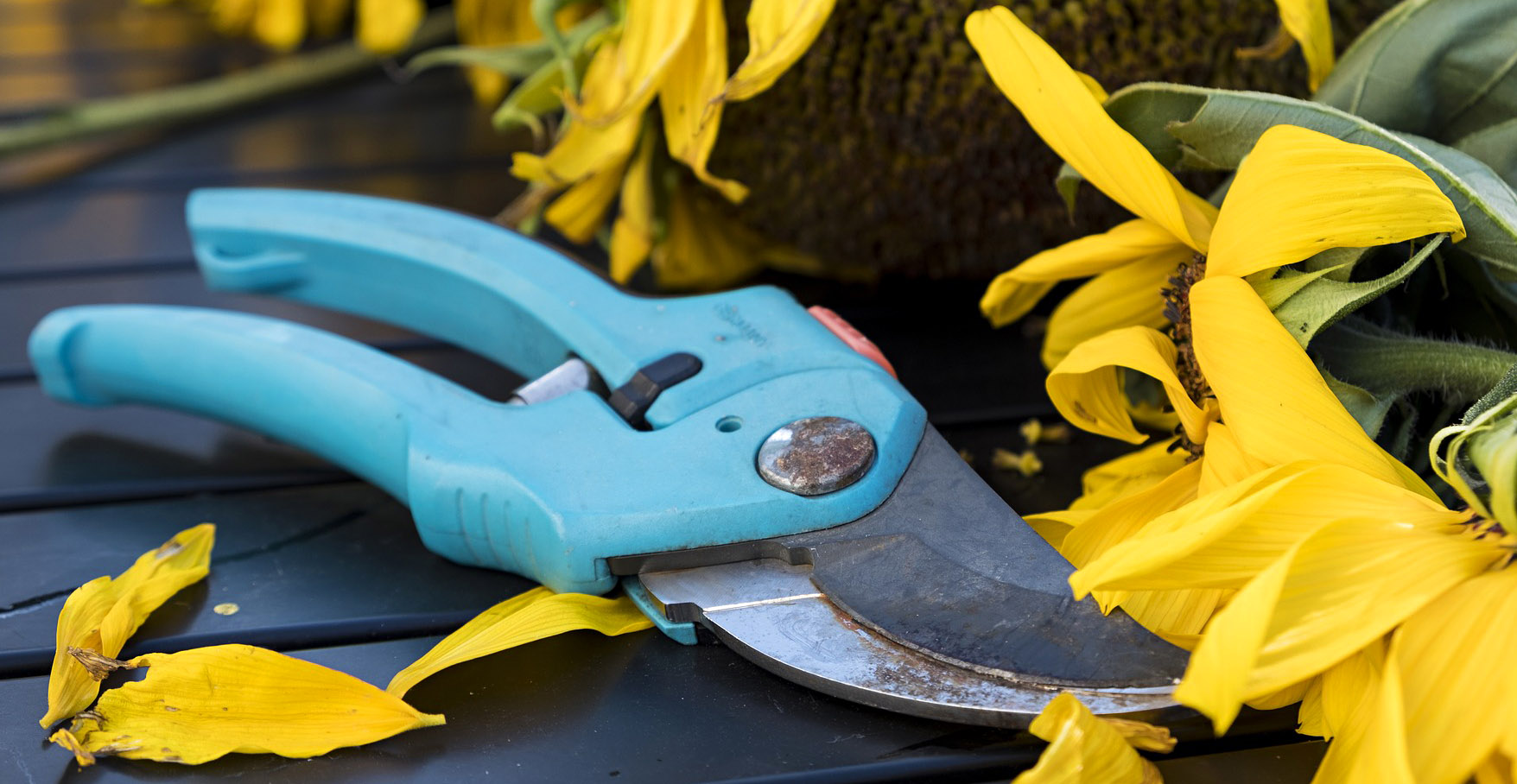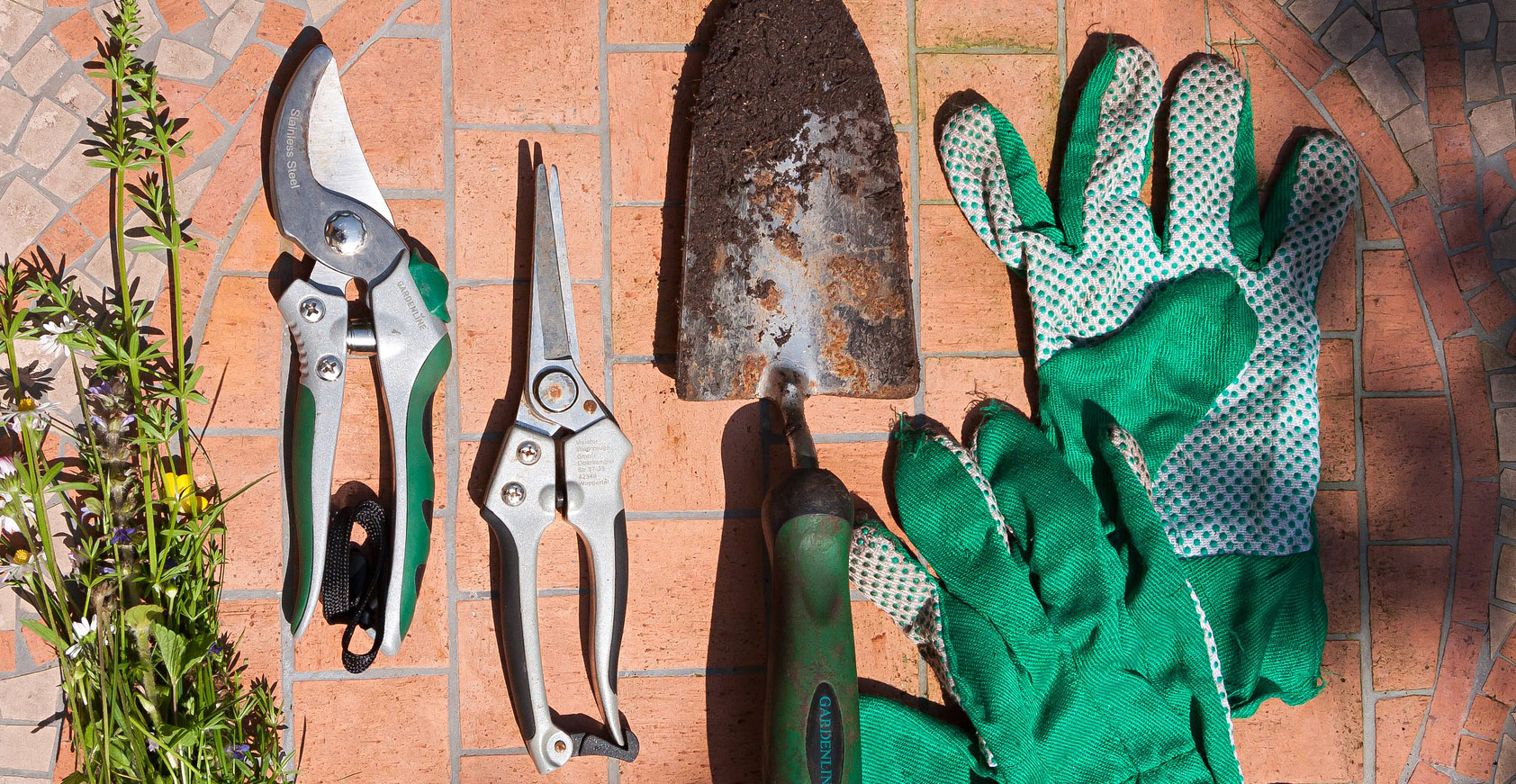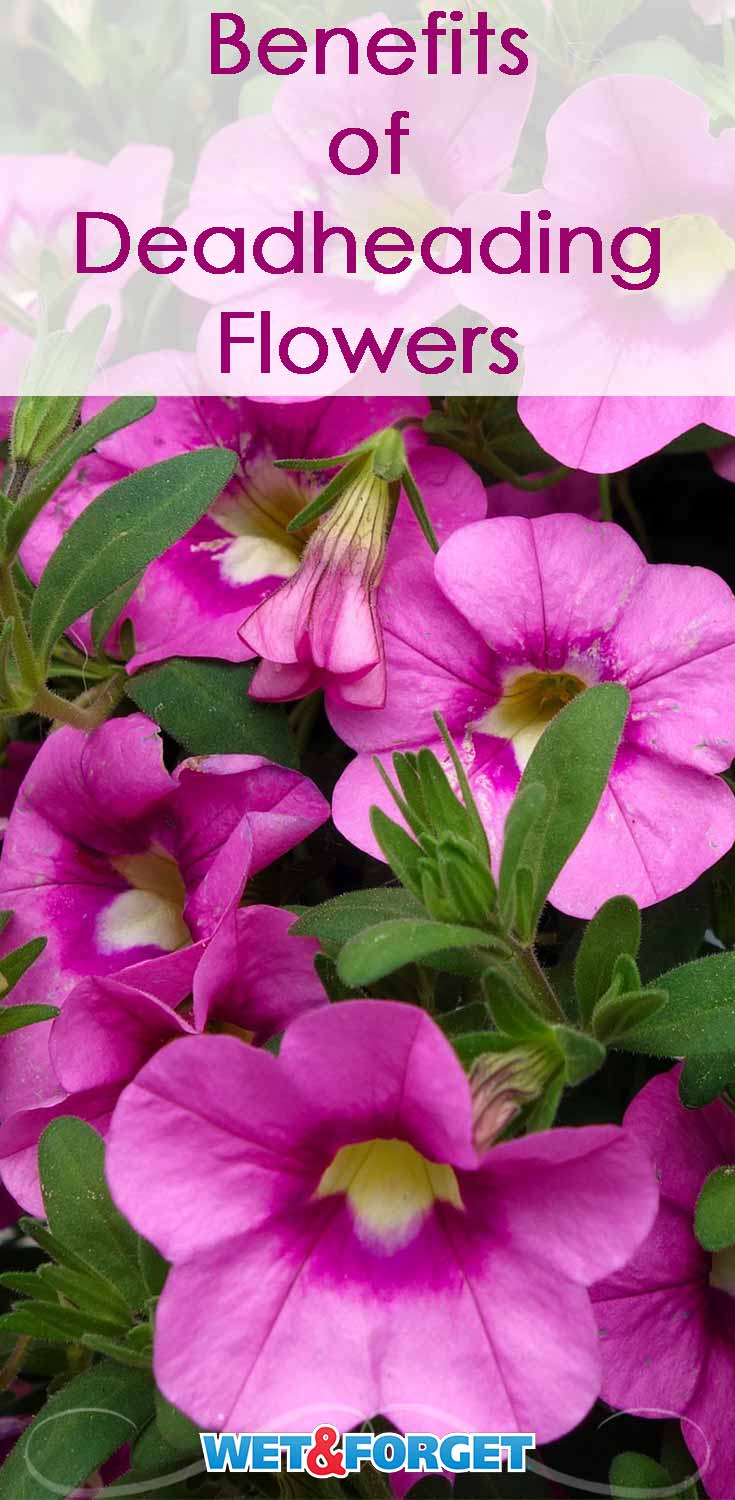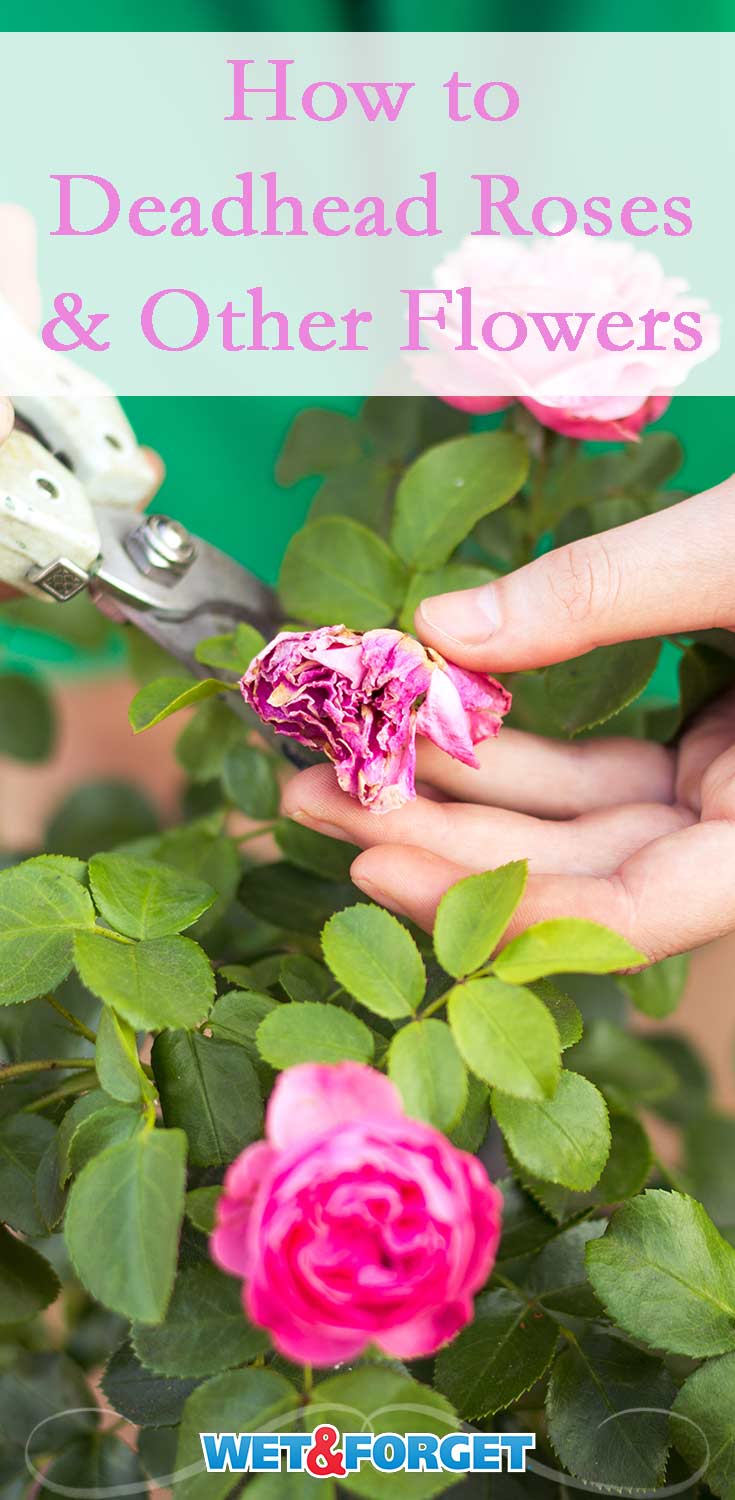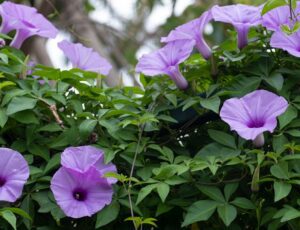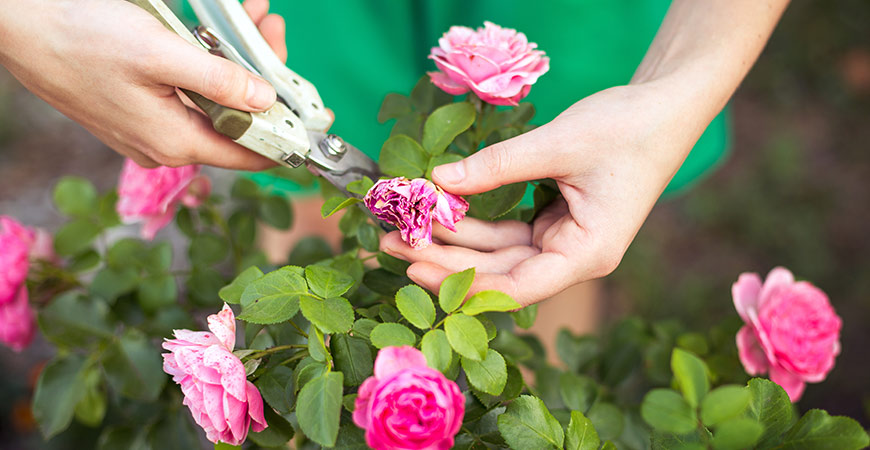
Deadheading Roses and Garden Flowers – Tips and How-tos
Your roses are blooming beautifully, but now a few flowers have faded. You’ve heard of deadheading roses, wondering why and how?
Flowering annuals and perennials such as zinnias, petunias, and geraniums can benefit from deadheading learn more –
Deadheading Defined
Deadhead – No, weren’t not talking about a fan of the 70s rock band, the Grateful Dead. Although it’s a fun thought!
In simple terms, deadheading is a horticulture term that describes the process of trimming faded blooms from flowering plants. Old, spent growth and seed heads are pruned away to encourage healthy growth and new blooms.
Why should I deadhead flowers?
When a blossom fades, the plant’s natural tendency is to reproduce. It will begin to put its energy into forming seeds – not flowers. Deadheading roses and other flower types will delay seed formation and encourage the second round of blooms.
Other benefits to deadheading include:
- Healthier plants: The plant’s energy is redirected – encouraging healthy and hardy growth
- Extends the blooming season
- Prevents self-sowing: Some flowering plants, if allowed to self-sow, can quickly take over a garden plot
- When you tidy up spent flowers, the plant looks neater, prettier, and more compact
When is the best time to deadhead flowers?
Begin to deadhead your roses early in the season – around late spring or when you notice the first faded blooms. Trim or pinch rose stems just below the bud and above the first set of healthy leaves.
Continue the process to deadhead the roses once a week or more frequently as needed. As the growing season continues, you’ll be trimming less often. Discontinue the process in fall or when the weather cools. Flowering perennials will reseed and bloom again next spring.
Deadheading Roses and Other Flowers
Step 1
Look over the plant for a wilted or dried bloom. Snip the flower or rose from the plant with a gardening snip or shears. Cut just underneath the rose bud head and above the first set of leaves.
Use a good-quality pair of shears to make a nice, clean-cut. Repeat until all spent flowers or roses are removed. If you find dried buds, remove them as well. Going to deadhead regularly will encourage new flowering and keep the plant or roses healthy and compact.
For large or tall flowers (coneflowers or daylilies), trim the spent blooms with hand pruners. If the roses’ stalk has finished blooming, trim it at the base of the plant.
Step 2
Storms and high winds can cause broken stems. Check once a week for bent or broken stems. Trim there if the break is between the rose and the first set of leaves. If the break is further down the rose’s stem, trim it at the plant base.
Some flowering types, such as Scabiosa, grow on long, slender stems. In this case, it’s best to deadhead the blossom and the stem. Cut the stem at the base of the plant.
Step 3
Reward your hard work on the roses by clipping a few healthy blooms as you go, laying them in a garden tote. Create a rose bouquet for a friend, or display a lovely arrangement on the dinner table.
What flowering plants benefit from deadheading?
Flowering plants that rebloom and benefit from the process include:
Annuals – Petunia, Zinnia, Marigold, Geranium, Gerbera Daisy, Dahlia
Perennials – Echinacea, Rudbeckia, Shasta Daisy, Lupine, Phlox, Salvia, Coreopsis, Blanket Flower
If you would rather skip the deadheading chore…
If you’re short on gardening time, some flowering plants are “self-cleaning” – no ongoing maintenance is required except for the usual water and fertilizer. Flowering plants that are self-cleaning naturally drop spent blooms or new flowers open to cover the old.
The most common self-cleaning flower types are:
- Impatiens
- Begonias
- Million Bells
- Vinca
- Lantana
- Calibrachoa
- Angelonia
Common flowering annuals that do not require a deadhead process include; Euphorbia, Scaevola, Portulaca, Mecardonia, and Bacopa.
Some flowering perennials shouldn’t be deadheaded. If left alone, they will reseed the garden – sprouting new plants next spring.
A few no-snipping-required perennials include:
- Hollyhock
- Foxglove
- Cardinal Flower
- Forget-me-not
- Fuchsia
- Lobelia
Learn more about how to deadhead annuals here.
Deadheading tips by type –
Geraniums – Each bud grows on its own stem. Snap off the bloom with a twist of your fingers.
Marigolds – The spent blooms of marigolds are easy to remove. Bend the bud pod to the side and pull up. Inside the green pod are marigold seeds. Save the pods and plant the seeds for new blooms next spring.
Gerbera Daisies – Each daisy grows on its own stem. Cut a wilted bud stem at the base of the plant.
Petunias – This tender bud needs a finger pinch rather than a cut. Petunias will get leggy by mid-summer, so it’s a good idea to pinch back any wilted flowers or seed heads you find.
Dahlias – Old dahlia buds look similar to the seed pods. The difference is the buds are flat and round, while the seed pods are pointed at the end. Cut both the seed pod and stem away from the main stem.
Salvia – Cut back the spiky flowers to the first set of leaves or to the area where additional flowers have formed.
Zinnia – Zinnias in containers often need deadheading. Trim the bud from the stem just above the lower set of leaves.
Knockout Roses – Deadheading roses help keep them looking tidy. Popular knockout roses produce blooms from spring to fall. Clipping spent roses can also enhance rose size and quality. Prune any faded or damaged flowers 1/2 to 1-inch above the nearest healthy bud or branch. Trim, holding cutters at a 45-degree angle.
Pro Tip: If you think your rose may have a fungal or bacterial disease, mix up a disinfecting solution – one part bleach to 10 parts water. While moving from plant to plant, sterilize your pruning shears in the bleach solution as you go. Dip the cutting end of the pruner in the solution. Open and close the blades several times while submerged.
With the proper techniques on how to deadhead, you can enjoy a second bloom of new healthy flowers this summer.
Learn more gardening tips and how-tos here.
For flower bed border how-tos, visit here.

